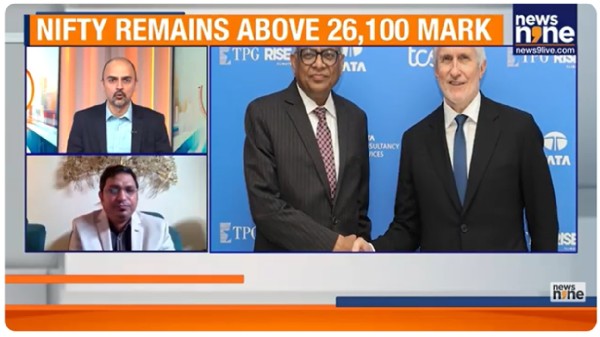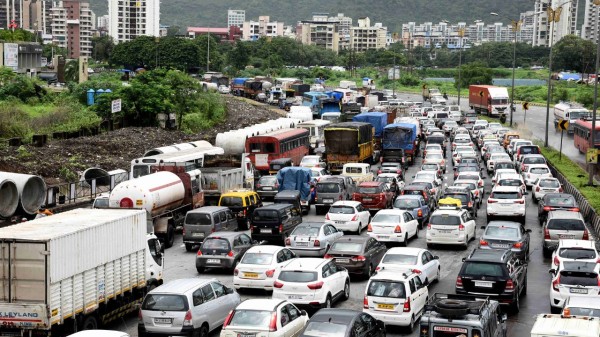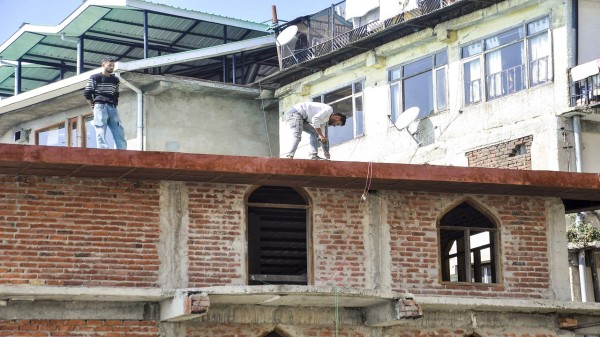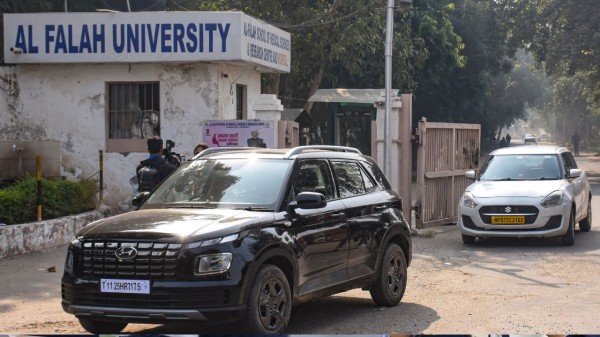

By signing in or creating an account, you agree with Associated Broadcasting Company's Terms & Conditions and Privacy Policy.


By signing in or creating an account, you agree with Associated Broadcasting Company's Terms & Conditions and Privacy Policy.

New Delhi: SEBI on Tuesday, September 30, has released the findings of its 'Investor Survey 2025'. The srurvey has revealed the true picture of India's investment climate. The study was commissioned by the SEBI along with other market insitutional investors such as National Stock Exchange (NSE), BSE Ltd., National Securities Depository Ltd. (NSDL) and Central Depository Services (India) Ltd. (CDSL).
The survey covered approximately 90,000 households across 400 cities and 1,000 villages in the country. This is the largest investment survey of its kind, gathering in-depth information not only about investors but also about those interested in investing or those who have not yet started investing.
The survey revealed that approximately 63 percent of Indian households (213 million) are aware of at least one securities market product, such as mutual funds, ETFs, shares, F&O, REITs/InvITs, bonds, and AIFs. However, only 9.5 percent of Indian households (32.1 million) are actually investing and participating in market investment tools. The significant gap between awareness and investment participation points to the several investment barriers. The survey highlights barriers such as risk tolerance behavior, investor education, complex financial digital platforms, and lack of financial literacy.
The survey revealed that the number of households investing in urban areas is approximately 15 percent, whereas in rural areas it is only 6 percent. Investors are most prevalent in states like Delhi and Gujarat, where 20.7 percent and 15.4 percent of households invest, respectively. This indicates that regional differences in investment access and awareness remain significant. Additionally, only 36 percent of investors possess high or moderate knowledge of securities markets, highlighting the need for sustained financial education.
The survey revealed that nearly 80 percent of Indian households prefer capital protection over high returns. This means they avoid taking on excessive risk. This sentiment is also reflected in the younger generation, where 79 percent of Gen Z prefer to be risk-averse. This drives demand for safe options among investors.
There are many reasons behind the lack of investment in India. The survey cited the most common issues as product complexity, lack of proper information about investments, lack of trust, and fear of loss. Non-investors who are considering investing in the next year expressed the need for simplified and digital methods, easy processes, and successful investment stories. This suggests a pressing need to make investing easy and trustworthy.
Today, people prefer to learn about investing through social media, mobile apps, and TV or digital advertisements. Young people, especially Gen Zs, prefer to learn the nuances of investing by watching short videos and reels, while older adults prefer articles, podcasts, and workshops. The demand for financial education in the regional language has also increased significantly across all age groups.












